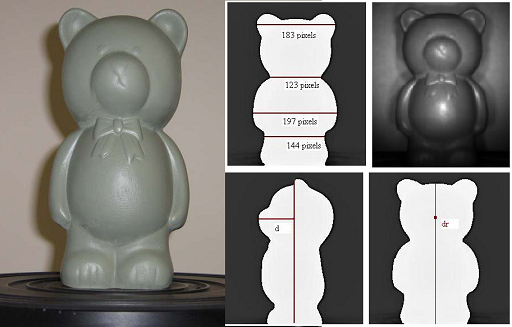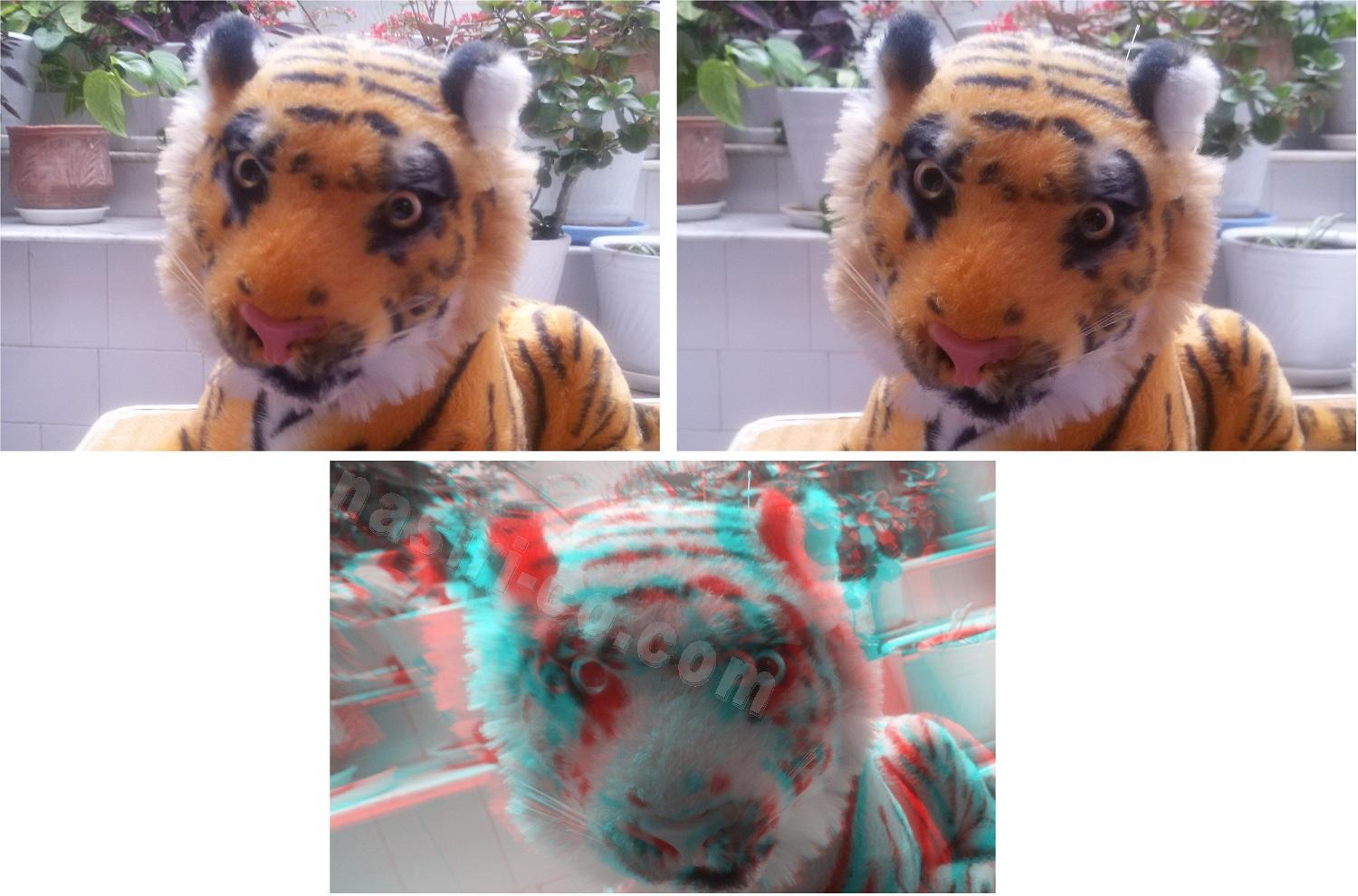Machine Vision
Machine vision is based on image processing and level of machine vision is higher than image processing.
This branch of science tries to provide an understanding like the understanding of the human brain from images by the machine (perception of the meaning and content of the images).
in this process, automatic extraction of data is addressed. This field is one of the most common branches of artificial intelligence.
In the "practical look" section about the applications of this intriguing branch of science has been explained.
3D information extraction
3 D reconstruction of the scenes and the objects using a few two - dimensional image.
The extraction of geometric information from objects and people, such as their height (recognition).
Camera Calibration
Camera calibration means extracting the internal features of the camera, such as the focal length of the lens and the external parameters such as 3 D location and angle of view of camera. Extract the dimensions of the objects.

Using camera calibration the dimensions of objects within the image can be extracted.
Field area estimation (triangularization and heron formula)
Single Camera Vision
If a camera is used to extract information, it has, in fact, several advantages.
Less Expensive
Less equipment (weight and volume)
Less complexity
It is also necessary to note that maximum information extraction from the minimum number of cameras requires a higher level of science.
With the help of machine vision, the camera can be extracted after calibration of the camera with a needed information camera - especially information.

3D shape analysis of objects

Stereo Vision
Stereo or binoculars Vision can actually have an accurate estimate of the depth of the objects can be formed from two images.
The human vision is stereo
By help of multi-camera vision, it is possible to access the depth of the scene, for example determining the exact location of the vehicle at critical moments like accidents.

